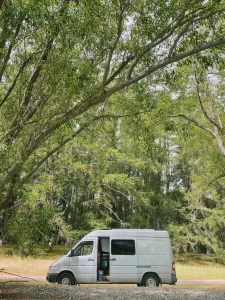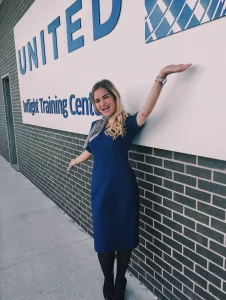Interviewing for any job is nerve-wracking. Interviewing for your dream job, however, is a whole different ball game. When the stakes are high, it’s important to be as mentally and physically prepared as you can be. Whether being a flight attendant has been your dream for years, or it’s a random idea that’s popped into your head — read on for my tips and tricks on how to ace your flight attendant interviews!
How to find out who’s hiring
The best way to find out which airlines are hiring is to go directly to their websites. (Flightattendantcareer.com is a great resource that compiles links to all of the companies currently hiring.) Third-party sites like Indeed and Monster are fine to check but sometimes will have outdated links or postings. When applying, I recommend sending your application directly to the airline through their website.
Because flight attendant jobs are so competitive, airlines often only have job postings up for a short time before taking them down. If you have a particular company that you’d love to work for, keep checking back to their website to see if the listing is up. Some of them can also send you alerts to your email when they have new postings.
Flight attendant interview overview
At most US-based airlines, the interview process is split up into three parts: the online application, the video interview, and the in-person interview.
The online application
This is your standard online application. There is space to upload your resume, a cover letter, and answer a few demographic questions. Some airlines will ask you certain “weed out” questions here — like “Do you enjoy working with people?” or “Would you ever steal from your employer?”
The video interview
Usually, the company will ask you several questions that require longer answers. The questions can be about your customer service experience, specific times you’ve managed disagreements with a coworker, etc. You won’t see the questions until it’s time to record (unless you look them up beforehand).
Your video will be recorded (not live!). You get a few practice videos, so if you don’t like how you answered, you can erase the video and try again. You will have a certain amount of time to answer each question, usually around 5 minutes. Only submit your answer once you’re 100% happy with how it turned out.
The in-person interview
The in-person interview will be held at the airport in a city where your company has a base. This isn’t necessarily where you live! I was flown from Chicago to Newark for my interview. The company will fly you out for free, but won’t cover your hotel cost if you’re flown in the night before.
The in-person interview for my company was a mix of group interviews and one-on-one interviews. The group interviews are very casual and more conversation-based. We got split into small groups and the discussion was led by the interviewer. After this, not everyone will be chosen to continue on to the one-on-one interview. The one-on-ones are between you and an active flight attendant. They ask more questions about customer service and previous work experience.
Most of the time, you’ll know whether you have a job offer or not by the end of your in-person interview.
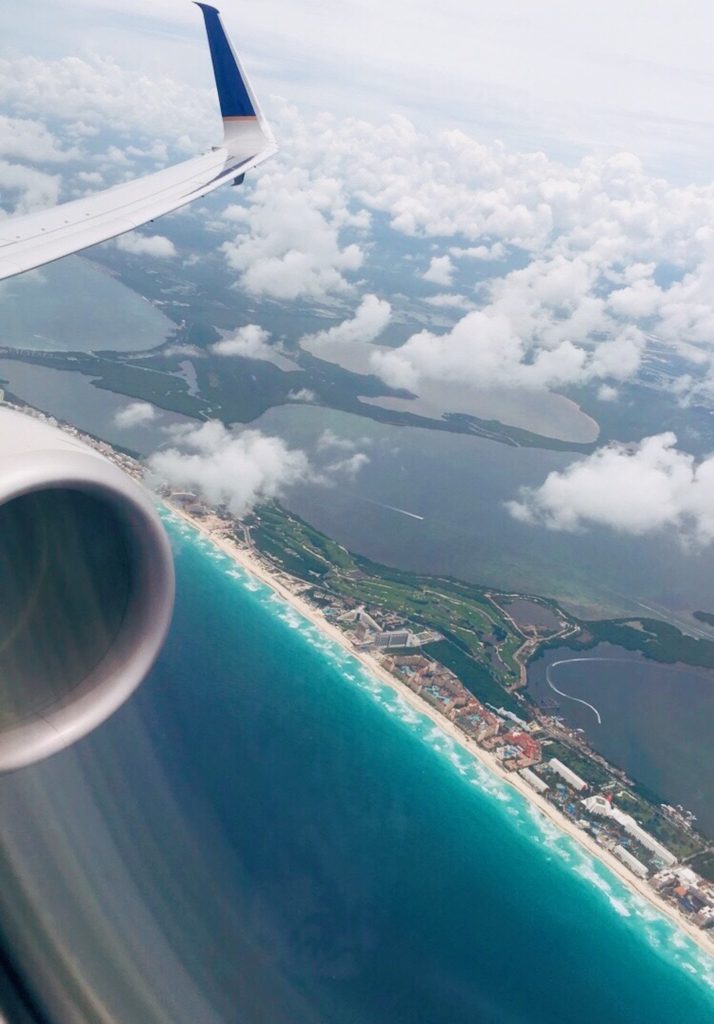
How long the process takes
This can vary greatly based on the company’s staffing needs and training availability. Airlines generally go on hiring sprees when they’re experiencing growth, i.e. introducing new routes or increasing the frequency of flights.
I was hired in June 2016, which was right in the middle of a massive hiring surge at my company. From the moment I submitted my online application to the day I got my conditional job offer took 7 days. I was scheduled to start training two weeks after that. It was a whirlwind!
I have heard stories from other flight attendants about their interview process taking much longer. Sometimes, it’s possible to go through the entire interview process, receive a conditional job offer, and then be stuck in limbo waiting for a training date. It unfortunately all depends on being in the right place at the right time.
What they’re looking for
Generally, interviewers are looking for someone that fits into the classic “flight attendant” image. They want you to be friendly, well-spoken, and someone they could imagine working with (the interviewers are flight attendants themselves). They’re looking for someone who’s personable and kind to everyone they interact with.
They’re also looking for someone that already has some sort of customer service experience under their belt. This is a broad category — I managed to spin my work as a CNA in a nursing home as “customer service.” It’s also important that you show them (through prior experience and specific scenarios) how you are safety-conscious and responsible.
Consider before applying
Before you start the application process, I recommend making sure you know what you’re getting yourself into. Read up about the job and learn what it’s really like. I have a post here that will help!
It’s also important to know that the flight attendant interview process is crazy competitive. Only about 1% of all applicants receive a conditional job offer! If you’ve applied before and gotten denied, don’t be discouraged. Sometimes it takes several attempts before you finally get that acceptance letter.
Here are some more things to take into consideration:
- Flight attendants aren’t paid much at the start
- The job is 100% seniority-based — you’ll be at the bottom of the totem pole for a while
- You can expect to be away from home a lot and you’ll miss holidays, birthdays, etc.
- You might have to relocate based on the company’s needs
If all of this doesn’t scare you off completely, awesome! Keep reading for my top interview tips.
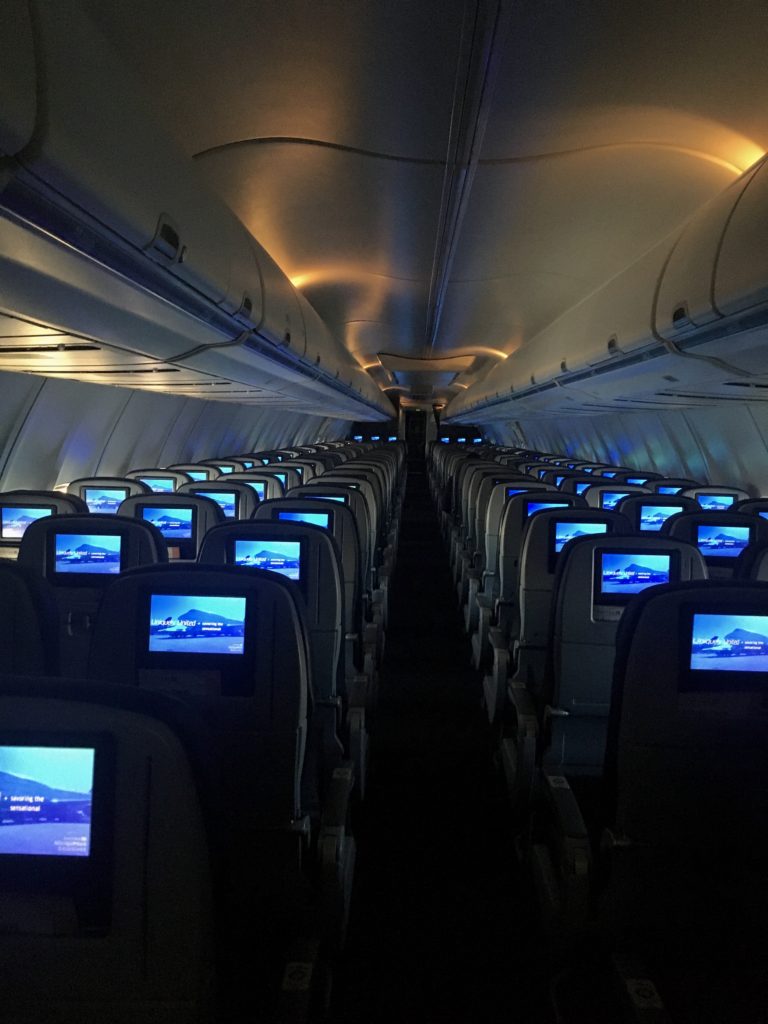
Flight attendant interview tips
Part 1: Online application
My biggest tip here is to make sure your resume is relevant and typo-free. Make sure to highlight any customer service or safety experience. Airlines want to see that you’re capable of being both a leader and a team player, so try to showcase any leadership or group experience you have.
When it comes to previous experience, customer service and safety-related are the most important. Having a college degree is a plus, but most airlines don’t actually require one. I’ve also heard of people enrolling in “flight attendant school” or “training classes” — don’t do this! It’s definitely not necessary and might even hurt your chances. Airlines will train you to their standards once you’re hired.
Part 2: Video interview
Preparation
- Look up the company you’re applying to on glassdoor.com (or google “XYZ airline flight attendant interview questions”). You’ll find a list of all the questions they ask in the video portion so you can prepare your answers ahead of time. Don’t go into it completely blind!
- Position your computer so that the camera is facing a blank wall. You don’t want anything distracting in the background.
- Do your interview at a time you know you won’t be bothered. Have someone babysit the kids, put any pets in a different room, and tell everyone else in your household not to disturb you. Make sure to silence your phone as well!
Appearance
- Put on your most professional attire. Both men and women could wear a nice collared shirt and blazer — airlines are still pretty conservative appearance-wise and appreciate professionalism. (Obviously, as long as you don’t stand up on camera, it doesn’t really matter what you wear on the bottom.)
- Make sure that you have no visible tattoos or facial piercings. Currently, women are allowed to have one earlobe piercing per ear.
- The easier it is for the company to see you as a flight attendant, the better. Women should pull their hair back into a neat ponytail or bun. I’d also recommend wearing some lipstick — both pink and red are acceptable. Keep the rest of your makeup looking natural.
How to nail it
- Smile, smile, smile! Airlines want to see that you’ll be pleasant towards passengers, so make sure you look the part during the interview. Practice smiling while talking — this is seriously so important.
- Make sure to practice what you’ll say before starting to record. Take a few notes to help you remember key points, but don’t read off of a script. You should have already sneakily found out what the company will ask you beforehand. Run through your answers a few times and take advantage of your practice tries.
- Practice answering questions while looking into your computer’s webcam. It’s a bit awkward at first, but it really helps make you look more professional and confident.
Keep in mind that almost everyone’s video interview will be a bit awkward. Unless you’re an actor or a Youtube sensation, it’s probably not easy to talk to a camera and look natural. The interviewers realize this and will put more emphasis on the content of your answers than your delivery. (Still, it helps to practice to take the edge off a bit.)
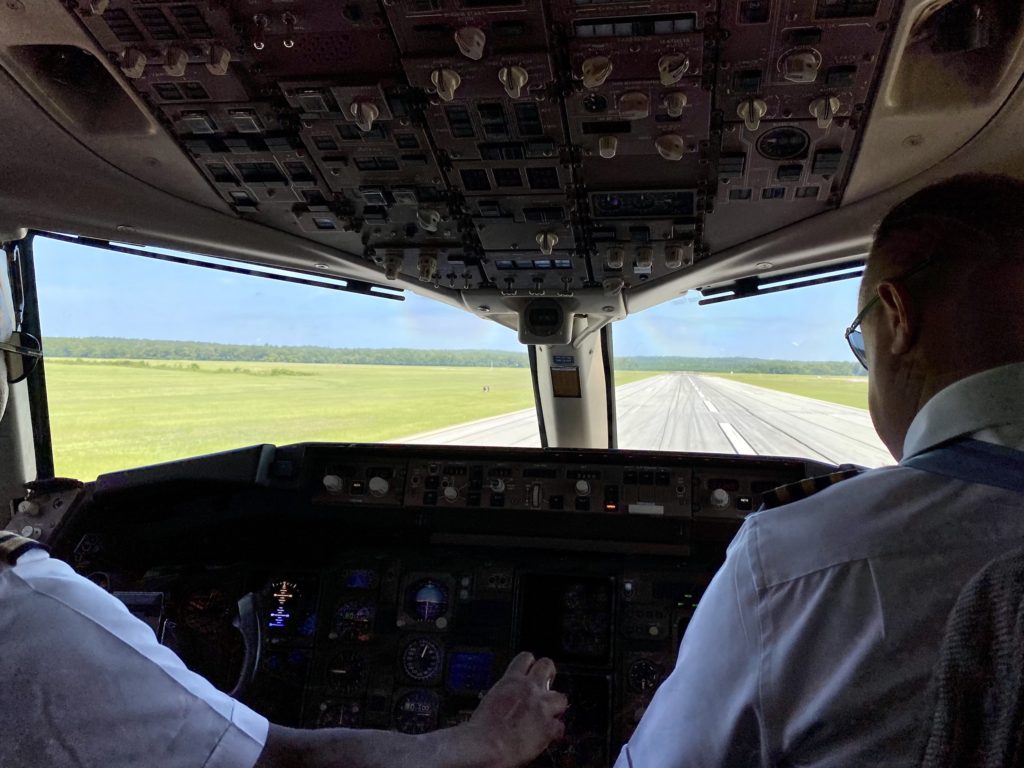
Part 3: In-person interview
Preparation
- Just like with the video interview, many of the in-person interview questions will be on Glassdoor. Check them out beforehand to get a general idea of what the interviewers will ask about.
- Think about your past work, volunteer, and club experiences. It helps to come up with specific instances where you’ve shown leadership, dealt with conflict, solved a customer’s problem, etc. Jot down a few notes on your phone or on a piece of paper so you can look over when you have some downtime.
- Make sure to get to the airport with lots of time to spare. In the airline world, early is on time and on time is late!
Appearance
- The same rules apply for the in-person interview as for the video portion: look presentable, don’t show any tattoos or piercings, and make it easy for the interviewers to picture you as a flight attendant.
- Make sure that your nails look nice as well! They should be either natural (unpainted but well-shaped and clean) or painted (acceptable colors include pinks, reds, or nudes).
How to nail it
- Assume that you’re being watched and evaluated from the moment you step through the door. There will be a lot of downtime with other interviewees, so try to be friendly and make conversation. The interviewers are definitely watching how you interact with others!
- When they ask you why you want the job, don’t only respond with “I love to travel.” The interviewers hear that all the time and aren’t impressed by it! Instead, talk about how you’re passionate about customer service, want a flexible work environment, or are excited to play a part in brightening a passenger’s day.
- When they ask you if you are willing to relocate, the only acceptable answer is an enthusiastic “yes.” It’s okay to have questions about the process, but airlines are looking for someone who is willing to be flexible and open to change. (P.S. they ask you this question for a reason! It’s highly likely that you will have to relocate after training.)
- The interviewers will ask you if you have any tattoos. It’s okay to have some, but they can’t be visible in your uniform. You should respond by saying something along the lines of “Yes, but no one will ever see them” (or with a simple “no”).
- Try to show some personality when answering questions. Throwing in a bit of humor shows that you are confident and will be pleasant to work with — both are a plus!
I hope that this guide on how to ace your flight attendant interviews was helpful! It can sometimes be a complicated and frustrating process, so if you have any specific questions, please leave them in the comment section below. If you’d like to see more flight attendant content, click here!
xoxo Niki
